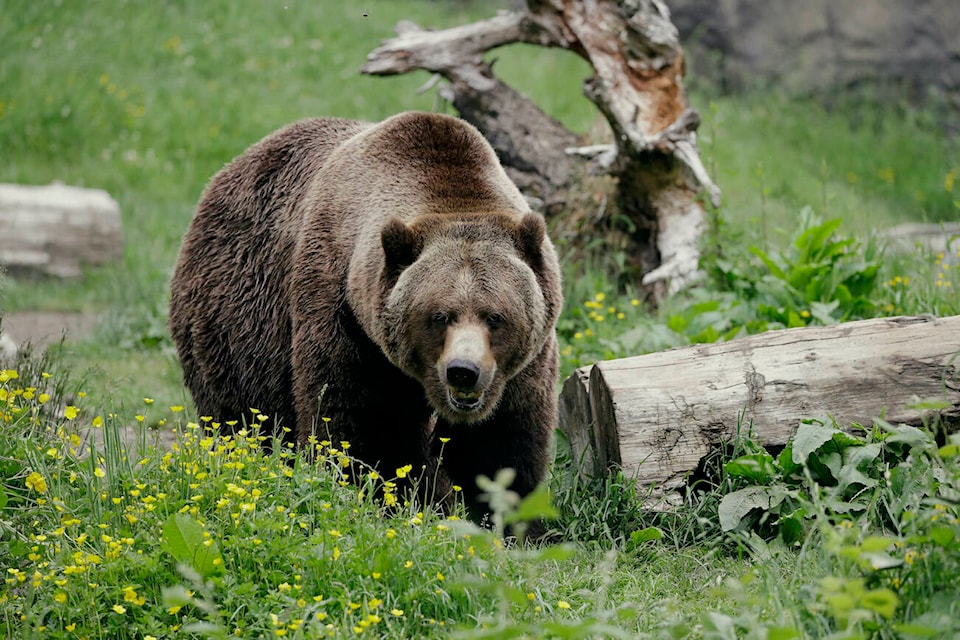The syilx Okanagan Nation Alliance is celebrating a recent announcement to reintroduce grizzly bears to the North Cascades ecosystem, which crosses the border between B.C. and Washington State.
The U.S. National Park Service and the U.S. Fish and Wildlife Service recently announced the decision to begin the reintroduction of the species by moving them from other areas in the Rockies and Interior.
The last confirmed sighting of a grizzly, ki?lawna? in traditional syilx, was in 1996 in the U.S. portion of the ecosystem.
“The decision to restore grizzly bears to this sacred part of the landscape is an indicator of our leadership’s commitments that demonstrates a clear example of our Nation’s continuing efforts to uphold our responsibilities for the tmixw. We are beginning a long process of recovery, and we are pleased to embark on this journey together with our US partners” stated Chief Clarence Louie, Okanagan Nation Alliance (ONA) Tribal chairman.
Efforts to restore the population began in 2022, long after they were hunted to near extinction in the region.
Following the completion of the environmental impact statement in March of 21, the U.S. organizations announced on April 25 that they would begin efforts to start moving three to seven grizzly bears a year for a period of five to 10 years to get a population established in the United States side of the ecosystem.
READ MORE: Okanagan Nation Alliance calls for protection of grizzly bears
ki?lawna are an integral part of Syilx Okanagan culture, playing a role in syilx creation stories that remind the group of their responsibilities to their land, and are a critical indicator of the health and well-being of the land.
“The announcement of the Decision to Actively Restore ki?lawna? to the U.S. North Cascades Ecosystem in the U.S. marks an important moment in history for recovery efforts on both sides of the border. Restoring ki?lawna? to the North Cascades Ecosystem has involved multiple decades of work by many committed people, leading us to where we are now,” said ONA Natural Resources chair, Councillor Jordan Coble. “From the Syilx Okanagan Nation’s perspective, our partnership with our U.S. cohorts on this work demonstrates a clear example of naqsmiʔst xə̌l tmixʷ (coming together for all living things) and that we are collectively righting a wrong and returning ki?lawna to a transboundary ecosystem that depends on their presence. This decision re-confirms our commitment to protecting ki?lawna today and for generations to come.”
The Syilx Okanagan territory is transboundary, as the North Cascades Ecosystem is transboundary, thus requiring coordinated efforts on both sides of the Canada-U.S. border.
In 2014, the ONA Chief’s Executive Council declared ki?lawna protected across the territory and set a mandate to take action to restore and protect endangered populations, including throughout the North Cascades Ecosystem.
ONA has since led recovery and stewardship planning efforts in partnership with local Indigenous communities and neighbouring Nations, including the S’olh Temexw Stewardship Alliance, the Coast to Cascades Grizzly Bear Initiative and Conservation Northwest.
With the United States moving forward with restoration efforts on their side of the border, the ONA stated they will advance collaborative efforts to prepare for Grizzly Bear recovery in the British Columbian portion of the North Cascades with the B.C. and Federal Governments.




